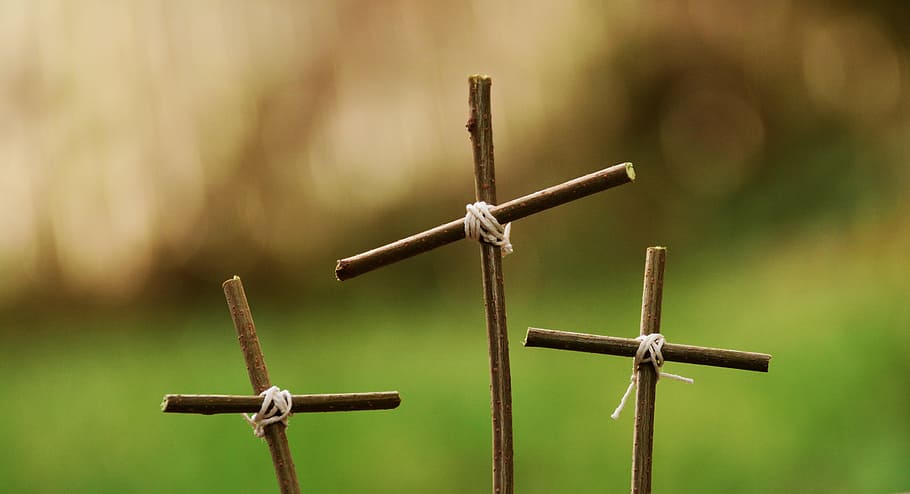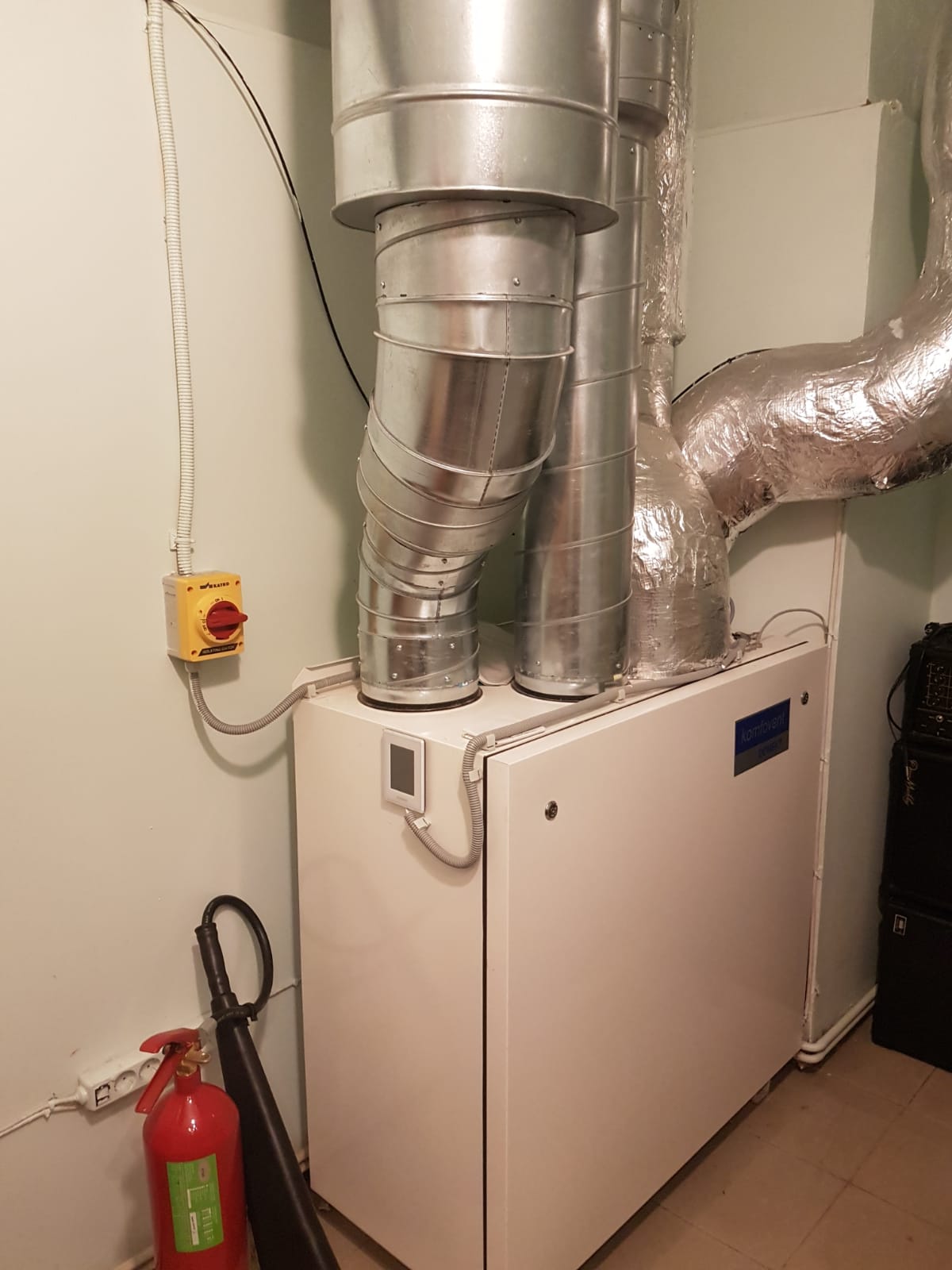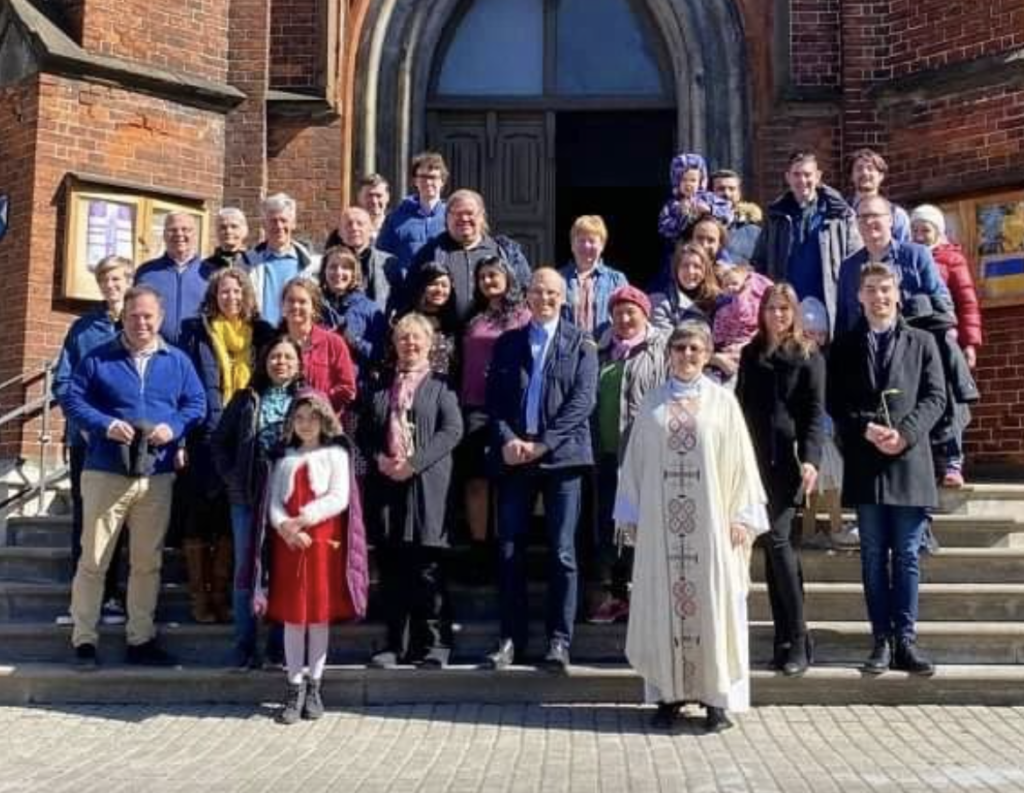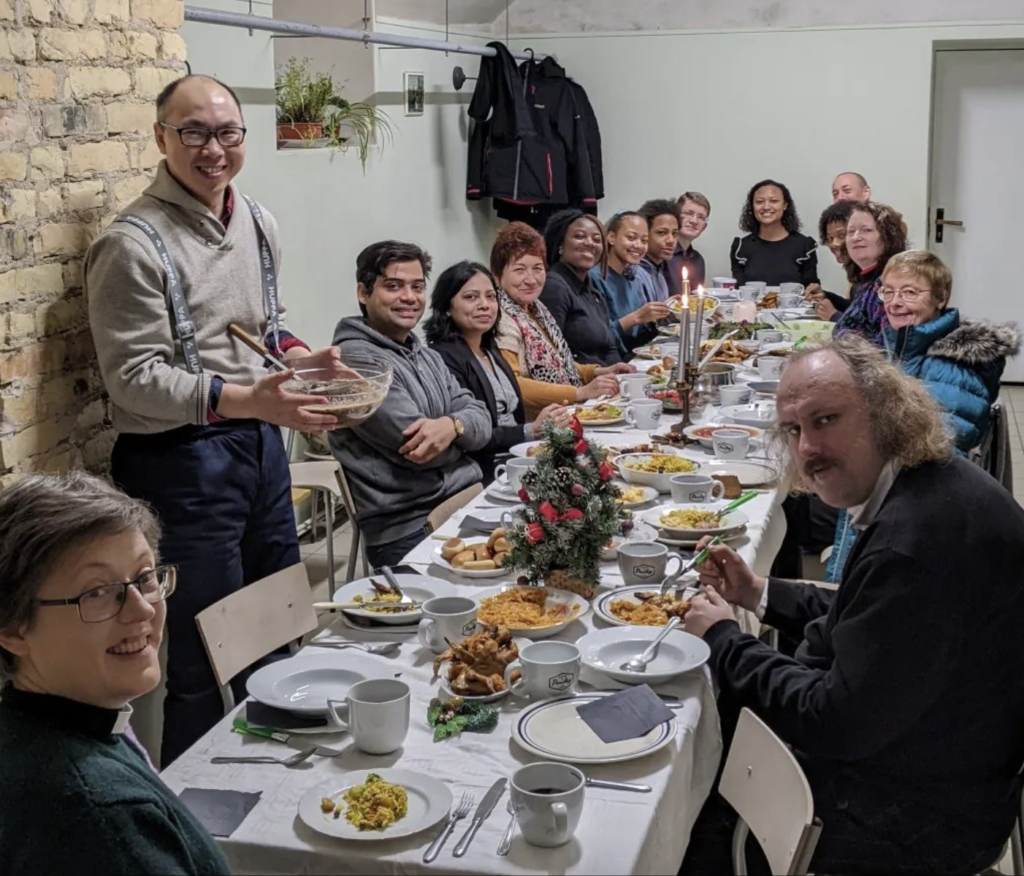Reflections on Wednesday Meeting with Chaplain John Wilkinson
By Jacob Vlaanderen For this week's Wednesday online meeting, our guest was Chaplain John Wilkinson from Holy Trinity Anglican Cathedral in Brussels. Like always, the diverse group of participants makes these meetings interesting. The Anglican church in Brussels…



